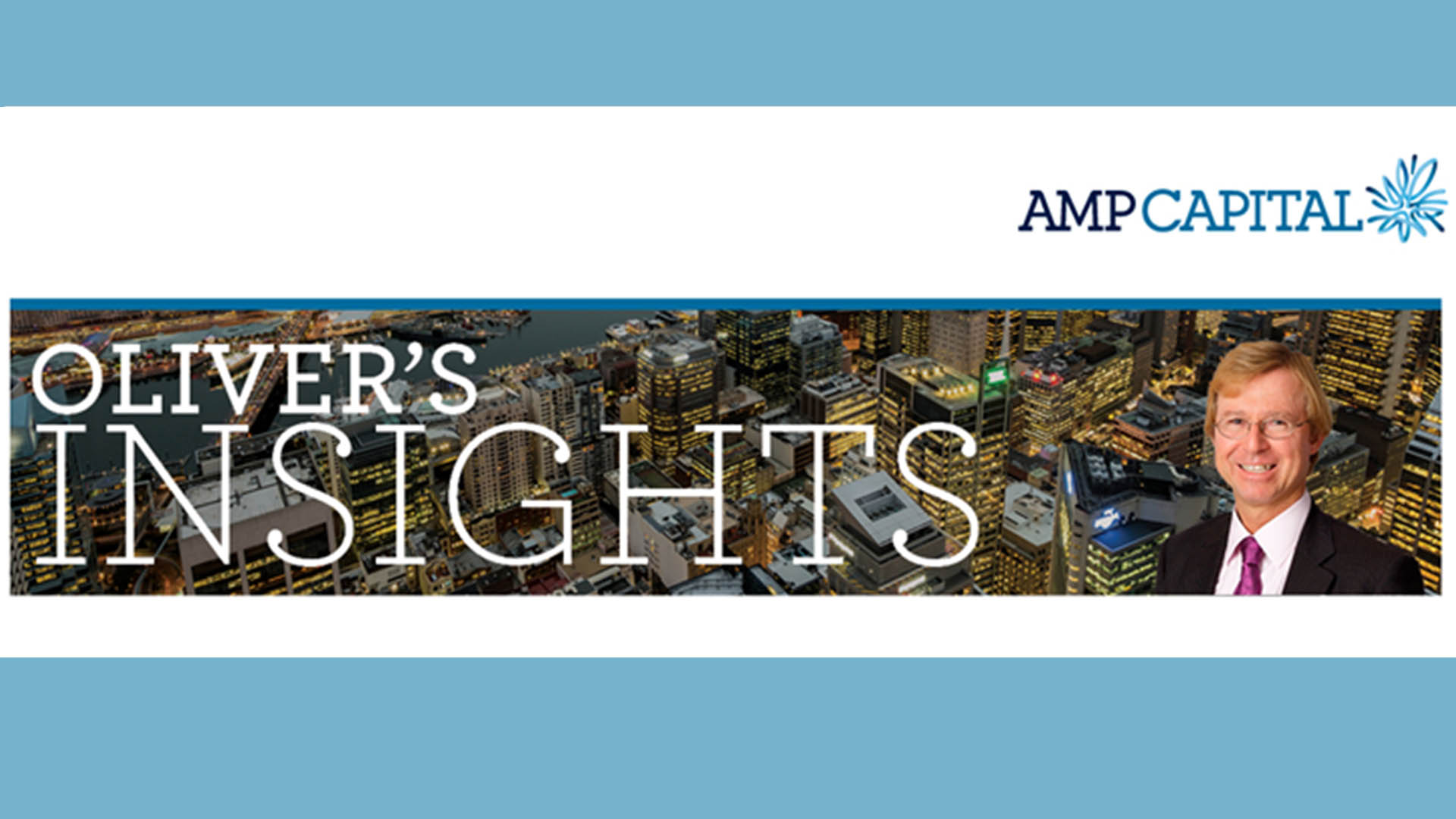Sort of normal service again from the Reserve Bank – an increase of 0.25% in the cash rate to 3.35% and a warning of more increases to come.
That was about what the market expected and those pessimists expecting a higher increase of 0.40% or 0.50% were left rueing their forecasts.
It was the ninth consecutive increase in the cash rate by the RBA board, which began raising rates in May last year when the cash rate was at a record low of 0.1%.
Now we’ve had the most dramatic tightening of interest rates so far and there’s more to come.
For a well anticipated decision and commentary from the central bank, markets went all funny – the ASX 200 fell 42 points in a matter of minutes and ended the day off nearly 35 points but the Aussie dollar regained 69 US cents in Asian trading yesterday.
Investors had been expecting a 0.25% rise and the probability was high the central bank would remain hawkish with commentary about more rate rises after the high reading in inflation in the December Consumer price Index.
In his post-meeting statement, Governor Philip Lowe signalled further interest rate rises would be needed to bring inflation under control.
“The board’s priority is to return inflation to target. High inflation makes life difficult for people and damages the functioning of the economy. And if high inflation were to become entrenched in people’s expectations, it would be very costly to reduce later,” he said.
“The board expects that further increases in interest rates will be needed over the months ahead to ensure that inflation returns to target and that this period of high inflation is only temporary.”
And like central banks in the US, Canada, Europe and the UK, the RBA is waiting for more evidence the rapid rate rises are having an impact on activity.
“The board recognises that monetary policy operates with a lag and that the full effect of the cumulative increase in interest rates is yet to be felt in mortgage payments,” he said.
“There is uncertainty around the timing and extent of the expected slowdown in household spending.
“Some households have substantial savings buffers, but others are experiencing a painful squeeze on their budgets due to higher interest rates and the increase in the cost of living.”
The December quarter retail sales volumes data on Monday showed clear signs of a slowing in consumer spending in the final months of 2022, especially at Christmas.
Consumer price inflation rose 7.8% in the year to December and the core reading was 6.9%, a very high outcome.
Dr Lowe referred to that reading in his statement, saying it was higher than expected. Global factors explain much of this high inflation, but strong domestic demand is adding to the inflationary pressures in a number of areas of the economy.
Dr Lowe revealed some of the new forecasts to be released in Friday’s first Statement of Monetary Policy for the year.
He said the bank’s central forecast is for CPI inflation to decline to 4.75% by the end of this year (a touch higher than the most recent forecast of 4.7% last November) and to around 3% by mid-2025 which would put it at the top of its 2% to 3% target range.
He said the bank expected economic growth to slow to 1.5% this year and next. That is slightly stronger than the 1.4% estimate in the 4th Statement on Monetary Policy released last November.
Unemployment is forecast to increase to 3.75% this year (from 3.5% at the moment) and 4.5% by the middle of 2025.
That is also higher than the November forecasts of 3.7% for unemployment by the end of 2023.








